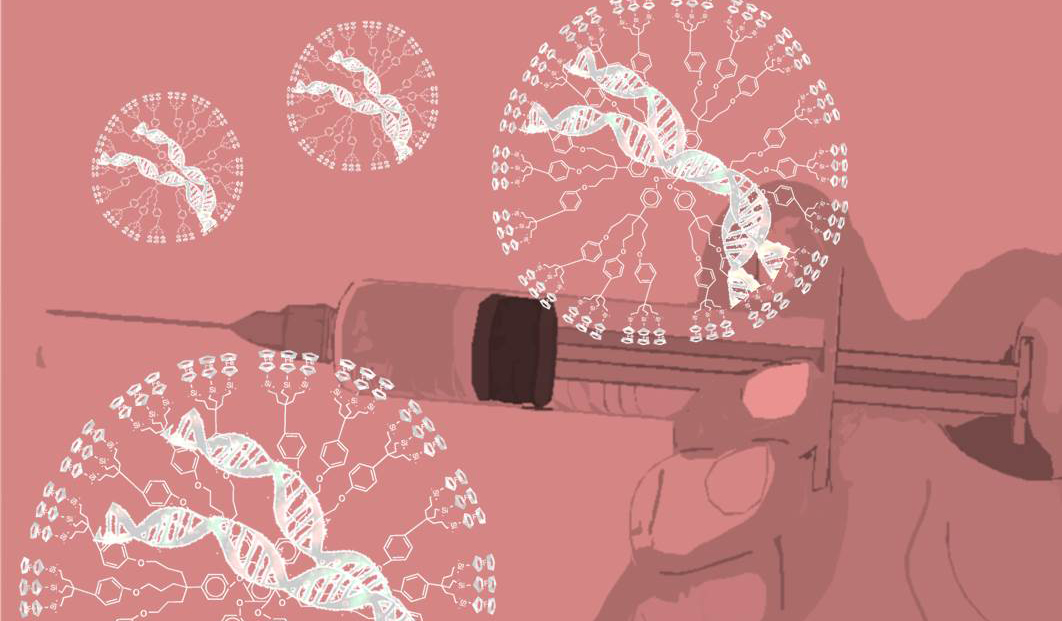[et_pb_section bb_built=”1″][et_pb_row][et_pb_column type=”4_4″][et_pb_text _builder_version=”3.13.1″]
The United States Food and Drug Administration (FDA) approved the first gene therapy aimed at a disease caused by mutations in a specific gene.
The treatment, voretigen neparvovec-rzyl (LuxturnaTM, Spark Therapeutics), is surgically administered by subretinal injection to treat a rare form of inherited loss of vision that can result in blindness.
The US plans to approve the first treatment for commercial use. Manufactured by the Novartis pharmaceutical company, it has shown its effectiveness in leukemia patients with a very poor prognosis. In one trial in 12 countries, 83% saw the disease subsiding. A year later, two thirds remained cancer free.
The operation of the therapy consists of extracting the patient’s own lymphocytes, taking them to a laboratory of the pharmaceutical company, modifying them genetically so that they are capable of attacking the cancer cells and re-injecting them into the patient. This is achieved by using mutilated AIDS viruses that use the ability of this microorganism to sequester human cells and put them at their service. In this case, HIV’s potential for evil is used to improve the cells of the immune system that it usually destroys.
The approval is a new step that brings gene therapy closer to common medical practice. The idea has been in evidence for more than two decades, but it seems that the technical difficulties are finally being overcome in order to find the right viruses with which to introduce the genetic changes in human cells without causing too serious side effects.
In the United States, as with many treatments when they are experimental, the new gene therapy will only be used with patients who do not respond to the usual medications. In addition, we are trying to apply technology in solid tumors such as lung tumors, a more complicated goal than blood diseases.
In this field also works in Spain a team led from the CIEMAT (Center for Energy, Environmental and Technological Research). In addition to serving as a basis for immunotherapy against cancer, modifying white blood cells to be more effective against cancer, gene therapies are very promising in the field of rare diseases that occur when a gene with a key function fails.
Fanconi anemia is a rare disease that affects the stem cells responsible for generating blood cells. People with this deficiency suffer from anemia and are more likely to develop leukemia.
In addition to the technical problems, for gene therapy to become a standard solution for many diseases will require overcoming economic problems. In many cases, these treatments are directed to rare diseases and are curative. This means that the companies that develop them have difficulties to make their investments profitable.
UniQure, the company that developed Glybera, the first gene therapy approved in Europe, announced that it would not seek renewal of its permission to sell the drug when it expires. The drug corrects a deficiency of lipoprotein lipase, an enzyme necessary to correctly process fat. The disease is so rare and the drug so expensive, that since its approval in 2012 has only been used once in a commercial way.
In any case, with dozens of gene therapy or cell therapy drugs in their final experimental phases, the question of who will pay for them and how when they reach the market continues to grow.
While these answers arrive, researchers continue to expand the possibilities of gene therapy beyond blood disorders. New vectors are already being developed to correct liver cells within patients and there are trials to alleviate muscular dystrophy through intravenous injections with which the repair gene is introduced. With the introduction of genetic editing techniques, a new phase of gene therapy has begun.
These biotechnologies are being used in clinical studies for diseases that once were considered non-treatable, but which are now considered to be curable some day, which is largely due to these important new tools.
These and other innovations are also possible in Pharmamedic.
[/et_pb_text][/et_pb_column][/et_pb_row][/et_pb_section]








